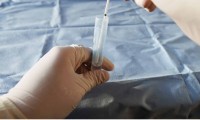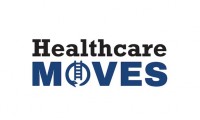-
Inside AbbVie’s $10B buyout of ImmunoGen—and the bidding war it swooped in on
- Source: drugdu
- 401
- January 4, 2024
-
Placental Swabs Found Most Effective for Detection of Maternal Sepsis
- Source: drugdu
- 383
- January 3, 2024
-
Cancer Test Could Allow More Patients to Benefit from Immunotherapy
- Source: drugdu
- 394
- January 3, 2024
-
Making the Most of Real-World Data in Clinical Trials
- Source: drugdu
- 369
- January 3, 2024
-
A Monthly Summary of Hires and Layoffs
- Source: drugdu
- 467
- January 3, 2024
-
US judge allows FTC to temporarily block IQVIA acquisition of DeepIntent
- Source: drugdu
- 380
- January 3, 2024
-
Innovent Dosed First Participant in Phase 3 Clinical Study (GLORY-2) of Mazdutide (IBI362) Higher Dose 9 mg in Chinese Adults with Obesity
- Source: drugdu
- 457
- January 3, 2024
-
CD3/BCMA/GPRC5D Tri-Specific Antibody MBS314 Approved in Phase I/II Clinical Trial for the Treatment of Multiple Myeloma
- Source: drugdu
- 394
- January 3, 2024
-
SINOPHARM Releases 2022 Environment, Social and Governance Report
- Source: drugdu
- 255
- January 3, 2024
-
Regeneron fends off Viatris’ Eylea biosimilar with patent win
- Source: drugdu
- 478
- January 3, 2024
your submission has already been received.
OK
Subscribe
Please enter a valid Email address!
Submit
The most relevant industry news & insight will be sent to you every two weeks.

















